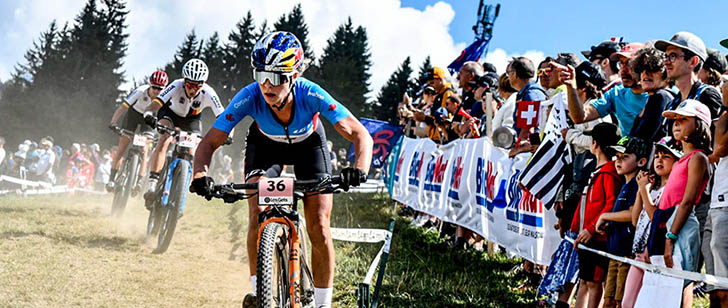October 14/15 16:04 pm - CCES Says Anti-doping Program Proving Effective
Posted by Editoress on 10/14/15
New information released Wednesday by the Canadian Centre for Ethics in Sport (CCES) suggests the updated 2015 Canadian Anti-Doping Program (CADP) is proving effective at uncovering doping in Canadian sport.
Introduced on January 1, 2015, the revised CADP meets the more stringent requirements of the 2015 World Anti-Doping Code. The CCES is responsible for implementing the Code in Canada on behalf of the Canadian sport community.
Through a more comprehensive, intelligence-based testing program, nine Canadian athletes who faced anti-doping rule violations asserted by the CCES withdrew from Team Canada qualifications prior to the Toronto 2015 Pan Am and Parapan Am Games (Toronto 2015). Five of the athletes are now serving bans from participating in sport ranging from three years and eight months to four years. The remaining four cases are currently before the independent Sport Dispute Resolution Centre of Canada (SDRCC) to determine the appropriate outcome.
Of the nine athletes who withdrew prior to the Games, eight were in the final stages of qualifying for the Pan Am Games and one athlete was qualifying for the Parapan Am Games.
"There are a couple of key takeaways from these findings," said Paul Melia, President and CEO of the CCES. "First, it's a stark reminder that doping still remains a reality in Canadian sport. Second, it shows that the new Canadian Anti-Doping Program - with its emphasis on education, increased testing, intelligence gathering and targeted investigations - is working."
Melia commended the Canadian Olympic Committee, Canadian Paralympic Committee, and the more than 60 national sport organizations that have all committed funds to expand and strengthen Canada's anti-doping program.
In the three-month period leading up to Toronto 2015, there were 1,037 urine tests conducted on Canadian athletes, almost double the amount for the same period last year. Mandatory athlete education has resulted in more than 20,500 national team, university and college athletes accessing the enhanced e-learning module through the first eight months of 2015.
"It's never good news to hear about an athlete caught doping," added Caroline Assalian, Chief Sport Officer for the Canadian Olympic Committee, "but without the added testing, we could have seen a Canadian athlete testing positive for a banned substance during the Games themselves. The implications would have been widespread and serious for the members of the Canadian Team, not to mention negatively impacting what was a very successful Games."
"Own the Podium is focused on driving medal-winning performance by Canadian athletes and national sport organizations who respect the rules of fair play and clean sport," said Anne Merklinger, CEO, Own the Podium. "Investing in all facets of the game - be it athletes, coaches, high-performance programs, research and innovation, or anti-doping efforts - are all equally important to providing a level playing field. We applaud the CCES for their leadership in ensuring all athletes have equal opportunity to stand on the international podium."
Team Canada delivered record-setting podium totals at both the Pan Am Games (217 medals) and the Parapan Am Games (168 medals).
"It's clear that the expanded approach to anti-doping in Canada is having the desired effect," said Catherine Gosselin-Després, Executive Director of Sport for the Canadian Paralympic Committee. "Through a mandatory education program, our athletes are getting the information they need to avoid inadvertent doping. Ultimately, the CADP is helping to ensure there's a fair and level playing field for all competitors."
The CCES's Melia also noted that over the first eight months of 2015, there were a total of 18 doping violations brought forward by the CCES, including the nine linked to Toronto 2015. This number is significantly higher than the total of 13 for all of 2014 and includes violations in two sports without any prior history of doping.
Courtesy CCES
| Return to Canadian Cyclist homepage | Back to Top |





